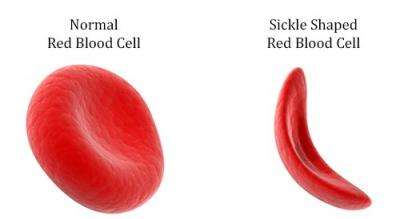June 19th is World Sickle Cell Day. Sickle cell disease (SCD) is a genetic blood disorder that affects millions of children and adults across the globe. Those with this disease can spend their days fighting exhaustion, often missing school and sports for hospital visits. Adults, too, must schedule their lives around the monthly transfusions that keep them under medical care for an entire day.
What is Sickle Cell Disease?
SCD is a common genetic disease affecting the blood: a mutation in the HBB gene creates abnormal hemoglobin, which usually resembles a crescent or sickle shape. The mutated configuration of these cells causes red blood cells to be rigid, sticky, and misshapen. Due to this shape, they can block blood vessels, lead to intense pain, hypertension, and swelling. Additionally, the cells are not fully capable of transporting oxygen or travelling through the bloodstream, causing those with sickle cell disease to feel fatigued most of the time.

Sickle cell disease is typically diagnosed in childhood. Children inherit the recessive trait if both their parents are carriers of the mutated gene. Individuals who have the recessive gene sometimes have some sickle cell hemoglobin in their bloodstream, but not enough to cause problems or symptoms. They will never develop sickle cell disease, but there is a chance that they could pass it on to their children: this is known as the sickle cell trait.



